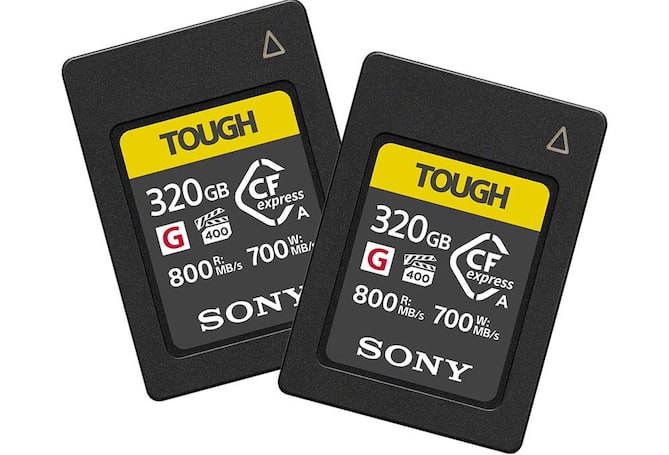How to Choose the Right Type of SD Card

Best Selling Products carousel(6 Items)
Maximizing your storage: how to choose the right type of SD card
Micro SD cards are an essential component for smartphones, tablets, cameras and gaming consoles, but not all SD cards are created equally. So how do you know which kind of external storage card you’ll personally need for your device?
A videographer shooting with a 4K Ultra HD camera will probably need an entirely different Micro SD than a hobbyist photographer using a more basic DSLR camera that records in 1080p. Likewise, gamers might require specific cards based on their specific gaming needs—a Nintendo Switch SD card and a PS5 micro SD will have different capacities. Selecting the right type of mini SD card can be a daunting task, and there can be a learning curve to understanding how and why they differ so much.
This guide will help you get past that learning curve and unpack the different considerations you should make when you’re shopping for an SD card for camera optimization, phones, consoles and more.
Storage, speed and performance class make the biggest difference in an SD card
SDHC (Secure Digital High Capacity)
SDXC (Secure Digital Extended Capacity)
Micro SD card speed
The speed class of a micro SD card refers to its data transfer rate and determines how quickly files can be read from or written to the card. The different speed classes are denoted by Class 2, Class 4, Class 6 and so on, with higher numbers indicating faster speeds. For recording high-definition video or capturing burst photos, you’ll need a micro SD card with a higher speed class to ensure smooth and uninterrupted performance—for example, the best SD card for 4K video is at least a class 10 card, while the best DSLR SD card speed class can vary based on the make, model and resolution of the camera.
In addition to the traditional speed classes, some micro SD cards also carry a UHS (Ultra High Speed) class rating. UHS-I and UHS-II are the most common UHS classes available. UHS-I cards offer higher data transfer speeds compared to the standard speed classes, while UHS-II cards provide even faster performance. Again, if you use 4K video or do high-output professional photography, a UHS-enabled micro SD card is crucial.